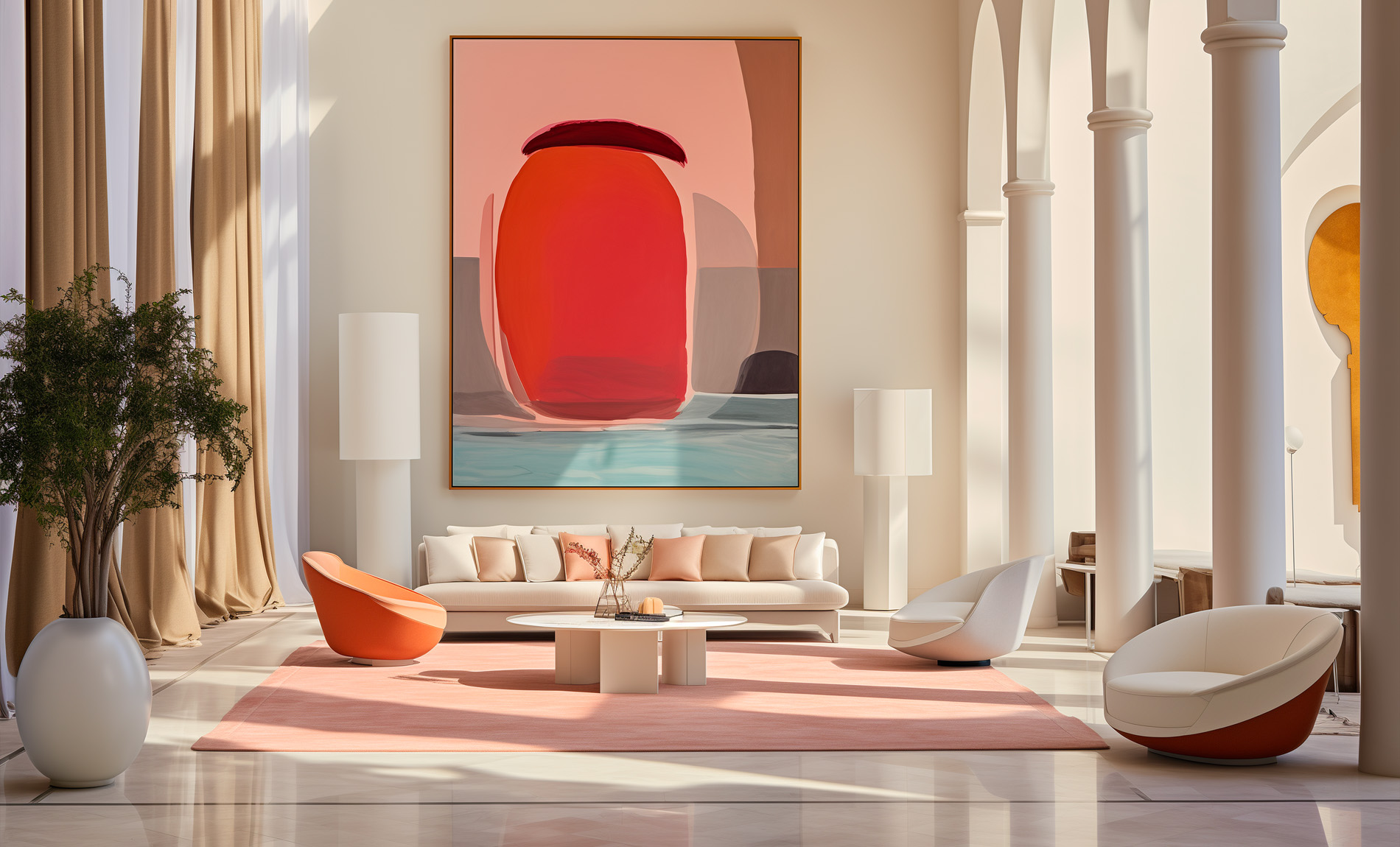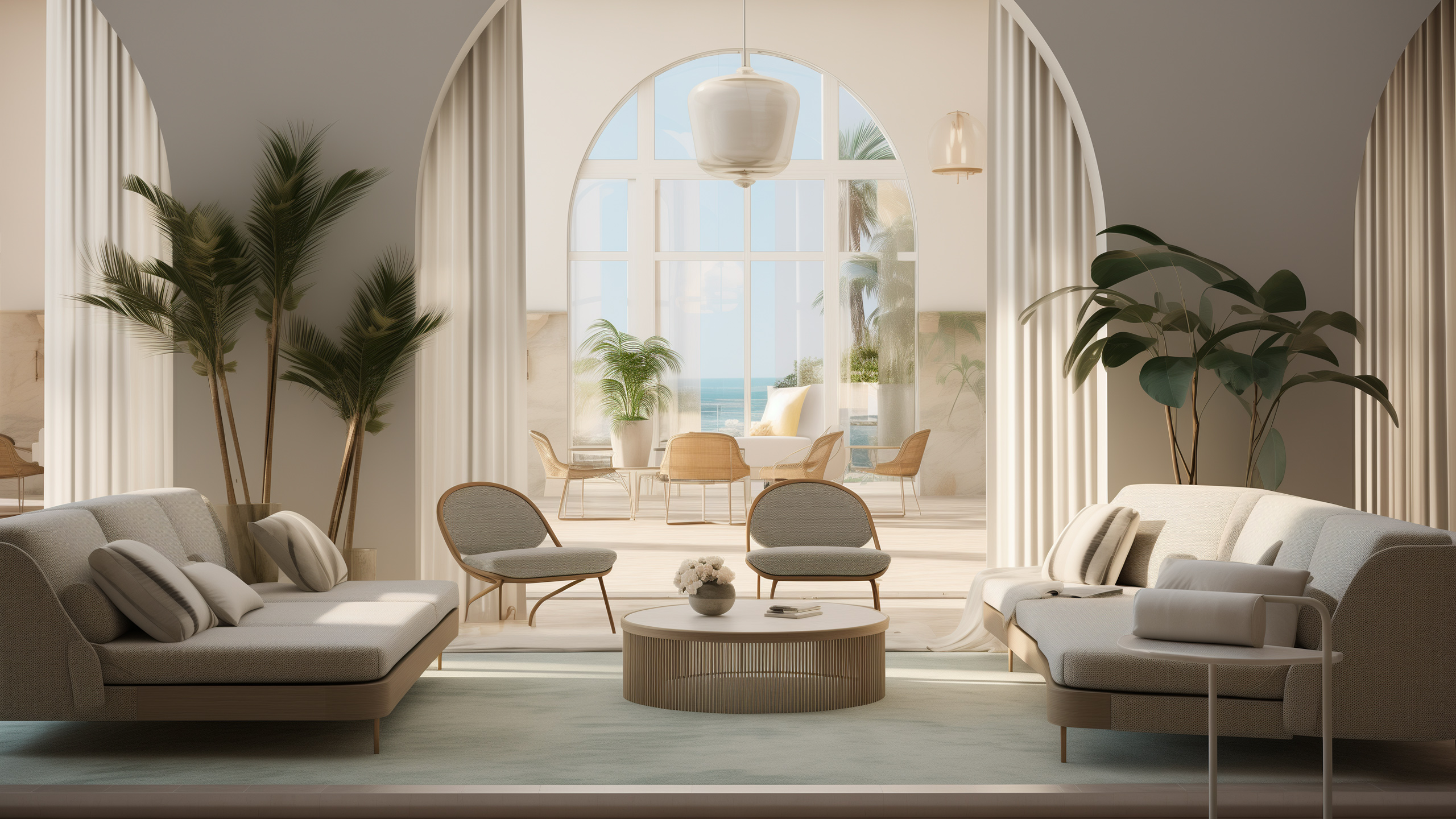The relationship between the designer and AI
We’ve seen how effective – and convincing- generative content for images and video can be in the spread of disinformation. The impact of deepfake content has been well documented, on everything from news reporting and political campaigns through to the music industry.
The risks are clear. A little closer to home, and a hot topic of conversation amongst the design industry, is whether roles previously occupied by real people could be replaced and fulfilled by AI. In terms of the interior design industry, the relationship between the designer and AI should be one of friends, not foes.
We shouldn’t be scared to embrace new technology, in the same way designers did with the likes of AutoCAD when it came into the mainstream. With the world, and technology, moving as fast as it is, those who don’t embrace the new tools we have at our disposal will surely fast lose their ability to compete in the market.


We could programme an AI tool to create entire design concepts, based on a client brief, and likely see an output that meets that brief, in the most basic of senses. But AI cannot replace human creativity, imagination and empathy.
The reality of working with clients and gaining a true understanding of what they want and like – or don’t want or don’t like – is far more nuanced. An AI tool cannot sit across the room and read between the lines. It cannot see how a clients’ eyes light up when they see something they like, nor can it notice the slight raised eyebrow of dislike or shrug of indifference to an idea or suggestion. Ultimately, it cannot truly understand the subtlety of body language, facial expression or intonation, which help to show us what is and isn’t important to a client. This can only be done through human interaction.
“An AI tool cannot sit across the room and read between the lines”
Rather than replacing designers, we see AI’s role in interior design world as a supportive one. Its benefits and best usage comes in its ability to undertake the research and groundwork for designers in an instant, such as creating mood boards or space planning, or giving real-time feedback on the implications of moving a piece of furniture. Or, enabling us to create visual virtual experiences that allows our clients to better visualise a space, before undertaking any work. Relieving these time and research-intensive tasks in turn frees up thinking and creating time for designers to create something new and unique for their clients.

At Morpheus & Co., our early experimentation with AI has been an interesting and useful experience. We’ve been using AI tools to improve the process of creating renders for pitches – the tools available save our designers time on mocking up images.
It isn’t a case of forcing anyone and everyone to use AI, but rather to consider and study the best way to use it that will yield the best benefits and results, whilst being mindful about the footprints and consequences that using it can have.
One key consideration is the risk of loss of originality – and in turn, potential plagiarism. If AI can only draw on creative ideas, art and concepts that other human beings have put into the public domain, the question needs to be asked as to whether anything it could create would be truly unique. Whilst AI can take on some of the heavy lifting in the early concept and design stages, we need to be cautious with what it creates, ensuring we’re confident in the data or content it is drawing on, at risk of impeding on others’ intellectual property. It’s a grey area that is yet to be explored fully.
“One key consideration is the risk of loss of originality – and in turn, potential plagiarism”
So, will AI render the role of the interior designer redundant? It’s not looking likely. Will it help us in delivering better service and designs for our clients? Absolutely, but only if used in the right way: freeing up time for establishing and building relationships with clients, and most importantly, more time for true creative thinking.


